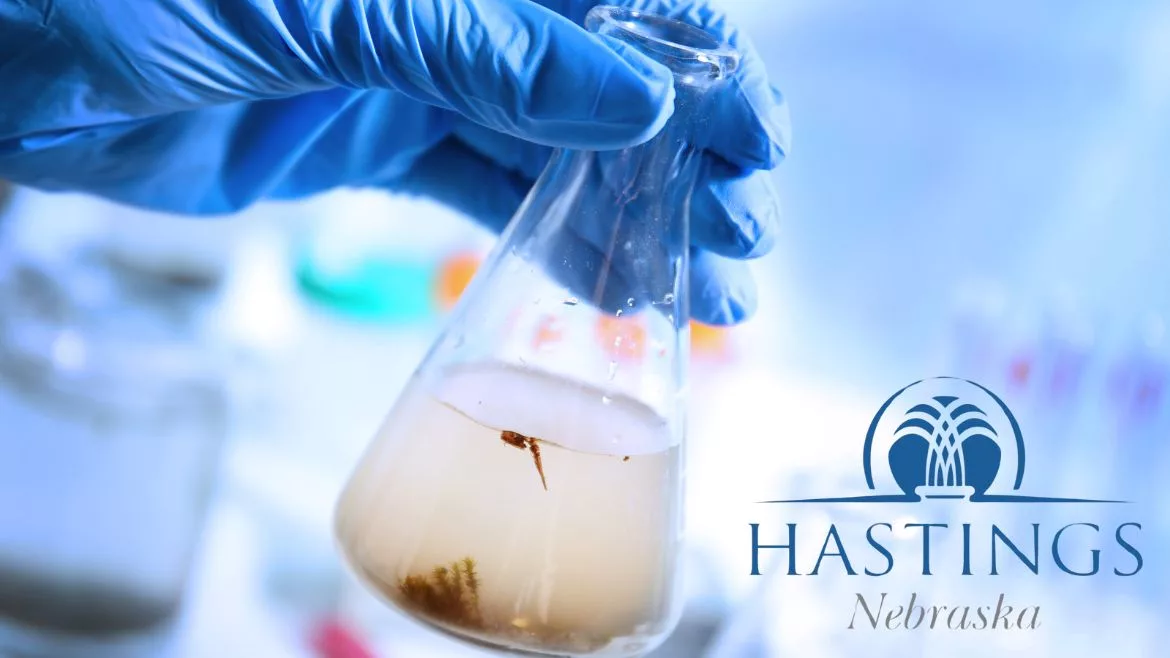News
Hastings Well Shut Down After High Nitrate Levels Detected
The City of Hastings takes action after detecting nitrate levels above the maximum contaminant level, reserving the well for emergency use only

The City of Hastings has been informed by the Nebraska Department of Environment and Energy (NDEE) that Well 8, situated at the corner of 12th Street and Crane Avenue, has exceeded the maximum contaminant level (MCL) for nitrates.
According to the City of Hastings, the nitrate concentration in the water system averaged 11 milligrams per liter (mg/L) in samples collected on May 7, 2024, and June 10, 2024, for the second quarter of 2024. This measurement surpasses the MCL of 10 mg/L.
Following notification from NDEE, Hastings Municipal Well 481 (Well 8) was taken offline on May 13, 2024. Well 8 had been minimally used before the detection of high nitrate levels. The well will now be reserved solely for emergency fire service use.
Health Implications
Adults and children over six months of age can continue to drink the tap water. However, elevated nitrate levels are a concern for infants, who cannot process nitrates as efficiently as older children and adults. It is advisable to consult a physician if there are specific health concerns.
Recommendations
- Infants, pregnant women, and nursing mothers should not drink tap water.
- Infants under six months consuming water with nitrate levels above the MCL could become seriously ill, with symptoms including shortness of breath and blue baby syndrome. Immediate medical attention is necessary if these symptoms occur.
- Do not prepare water, juice, or formula for infants with tap water. Use bottled water or water filtered to remove nitrates until tests confirm nitrate levels below the MCL.
- Boiling, freezing, or letting water stand does not reduce nitrate levels; excessive boiling can increase nitrate concentration as water evaporates.
Source of Nitrates and Actions Taken
Nitrates in drinking water can originate from various sources, including natural processes, industrial activities, and agricultural runoff. Nitrate levels can vary throughout the year. The Hastings water system is undergoing continuous testing and working with the NDEE to achieve compliance.
Water well drilling plays a crucial role in addressing issues like nitrate contamination. By drilling new wells in less contaminated areas or accessing deeper, cleaner aquifers, communities can secure safer drinking water supplies. Advanced drilling techniques and technologies enable the detection and avoidance of contaminated water sources, ensuring that new wells provide high-quality water. Additionally, well rehabilitation and maintenance can improve existing wells' performance, reducing the risk of nitrate infiltration. Updates will be provided once nitrate levels fall below the regulatory standard.
Looking for a reprint of this article?
From high-res PDFs to custom plaques, order your copy today!




